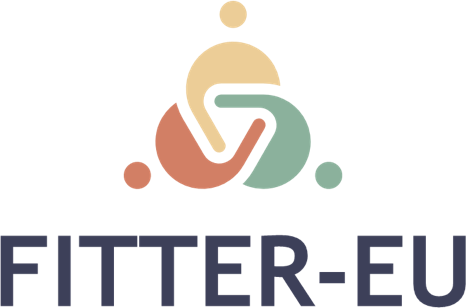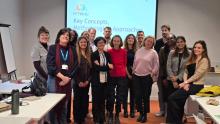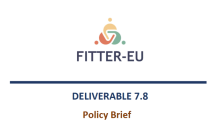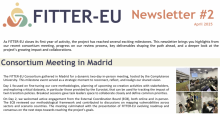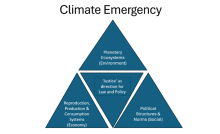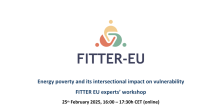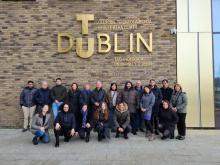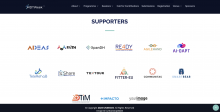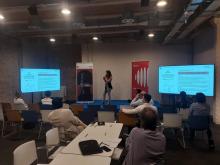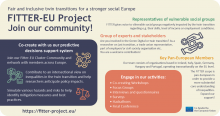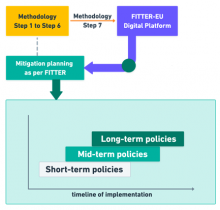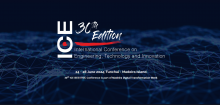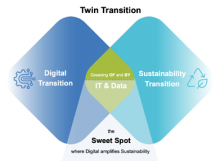Methodology
During this step, key participants with expertise or interest in the research are identified. Relevant government agencies, academia, research institutions, consulting firms, and civil society.
This step involves developing forward-looking risk mitigation plans to reduce inequality effects. It includes ex-ante policy impact assessments and evaluating actions necessary to address inequalities, comparing them with current national and EU policies. Deficiencies in current frameworks are identified, aiming for an equitable twin transition. Close engagement with sister projects like READJUST and ST4TE provides comprehensive insights into drivers, emerging inequalities, and policies for greener, more equal, and productive societies.
This step entails reviewing existing literature, assessing national and European quantitative data, and gathering information from interviews and workshops with experts. It aims to identify significant groups experiencing inequality and map relevant policies and actions from the past decade. Reviewing National Recovery and Resilience Plans (NRRPs) helps establish a baseline scenario in each sector and evaluate the outcomes of previous policies. The goal is to align future policies with fairness and inclusiveness to reduce inequality effects.
Given the uncertainty of future developments, the project will adopt three scenarios based on the proportion of sustainably sourced electricity in Europe by 2050: scenario 1 (50% likelihood), scenario 2 (35% likelihood), and scenario 3 (15% likelihood). These scenarios will be developed through a comprehensive literature review, focus groups with experts, and a Delphi survey involving at least 50 recognized experts. The scenarios will forecast deviations in the Energy, Transport, Building & Housing, and Food & Agriculture sectors.
This step identifies potential hazards (e.g., loss of business, closure of services, end of petrol car sales) related to the twin transition across labor market, financial resources, and skills dimensions. It also identifies affected social groups (e.g., seniors, low-income households, single parents, migrants, people with disabilities). Expert panels will participate in focus groups to explore these aspects in depth.
For each "Disadvantaged Group-Hazard" pair in each scenario, distinct probabilities and severity rates will be calculated using quantitative data and qualitative insights. Relevant indicators include internet access, digital literacy, affordability of digital devices, job creation, income changes, SME activity, STEM enrollment, educational resources, digital healthcare access, public services affordability, and community participation in the twin transition. The Magnitude of Risk will be calculated as:
Magnitude of Risk = Probability of a hazard × Severity of a hazard
Hazards will be analyzed individually and in conjunction with others to identify dependencies and trends.
The Total Risk Assessment (TRA) for each disadvantaged group and hazard profile will be prioritized from highest to lowest. Hazards representing 80% of the total risk across all scenarios will be selected for mitigation planning.
This step focuses on creating and validating solutions through a digital platform with an intelligent predictive decision support system (IPDSS). Policymakers will use this platform to devise short-term, mid-term, and long-term mitigation strategies by selecting scenarios and conducting quantitative risk assessments (QRA). The strategies will target hazards representing 80% of the exclusion risk. Policies can be personalized based on socio-demographic profiles, with exclusion risk assessments generated automatically. Developing the gamified digital platform will involve collaborative efforts from stakeholders within the consortium.
This step involves assessing the methods, results, and digital platform within the FITTER ecosystem. Two groups of testers will be utilized:
- Group 1: Policymakers who were initially involved in the project.
- Group 2: Policymakers not involved in the project to avoid conflicts of interest.
Group 1 will identify and engage Group 2 testers during the validation phase to ensure unbiased feedback.
